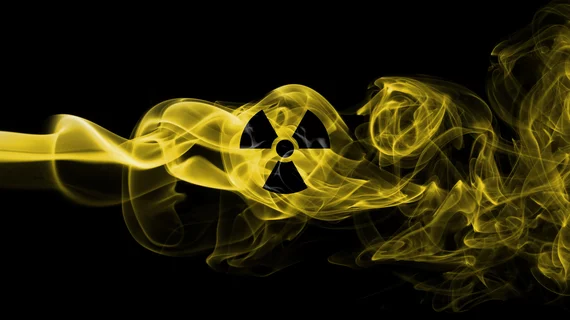Australia’s $168M nuclear medicine plant begins full production of Mo-99
Australia’s Nuclear Science and Technology Organization (ANSTO)’s new nuclear medicine plant has received the proper licensing and will begin full production of molybdenum-99 (Mo-99), according to the St. George & Sutherland Shire Leader.
Until now, the $168 million facility was producing limited amounts of Mo-99, a radioisotope used in approximately 85% of all Australian nuclear medicine procedures such as SPECT scans.
"This facility will ensure supply of vital nuclear medicine for Australians well into the future, and also provide an opportunity for Australia to be a global leader in this industry and export to a global market,” said Adi Paterson, CEO of ANSTO, in the report.
Read the entire story below.

